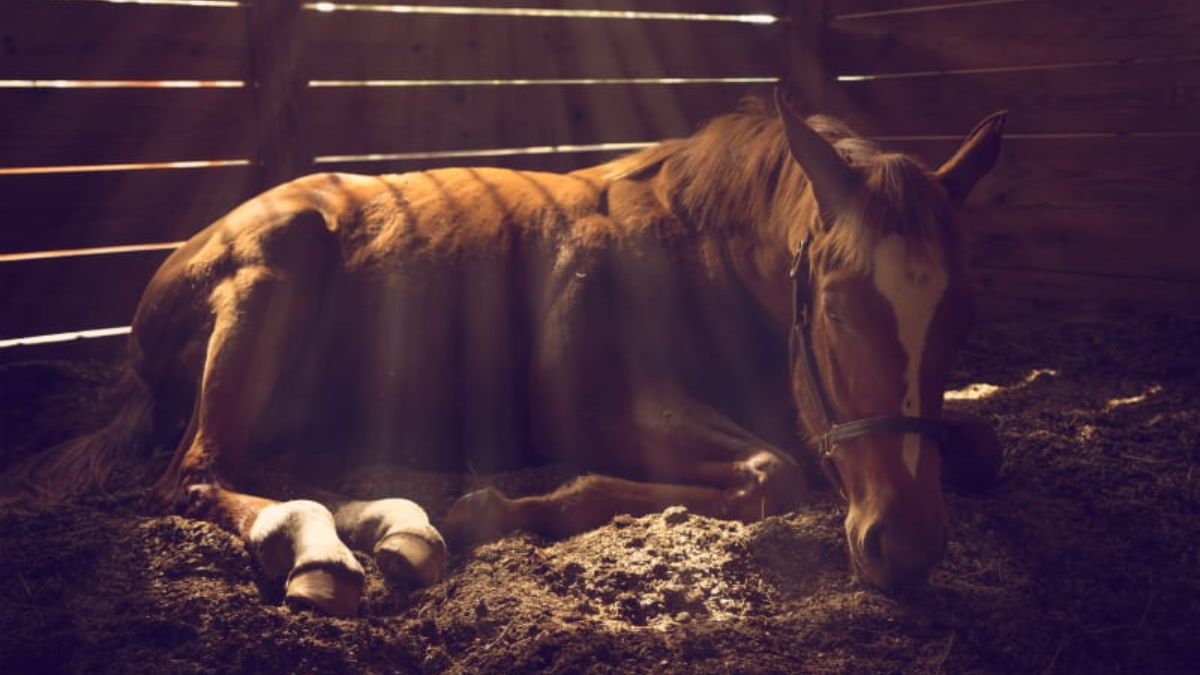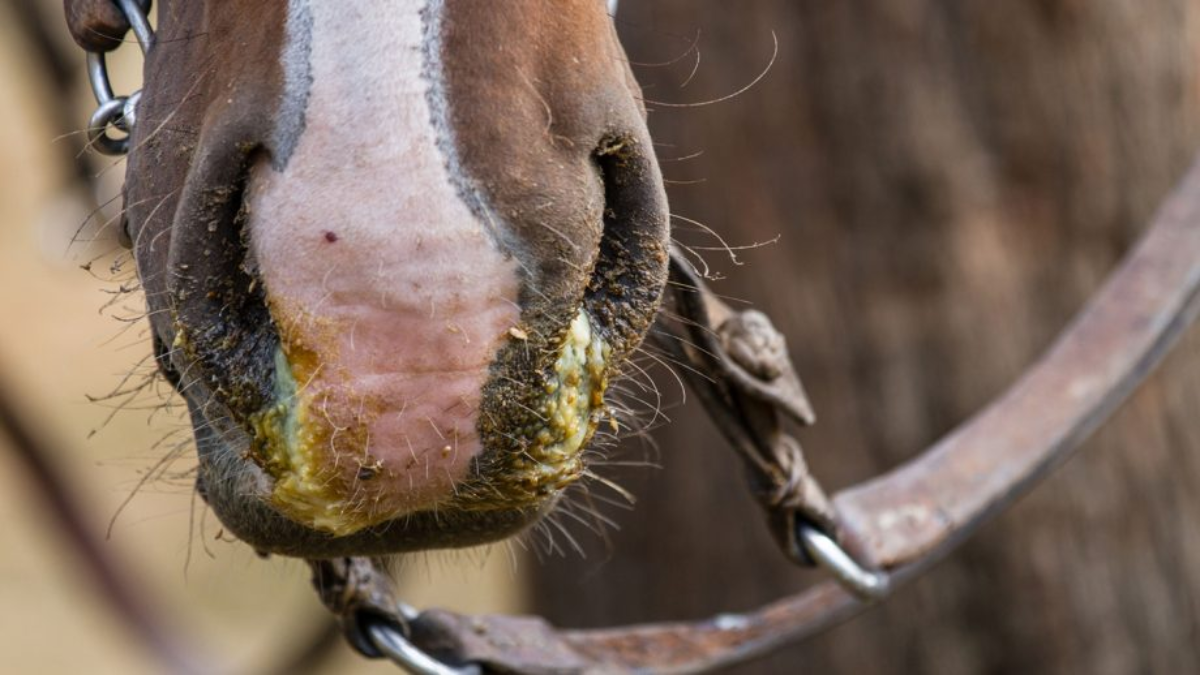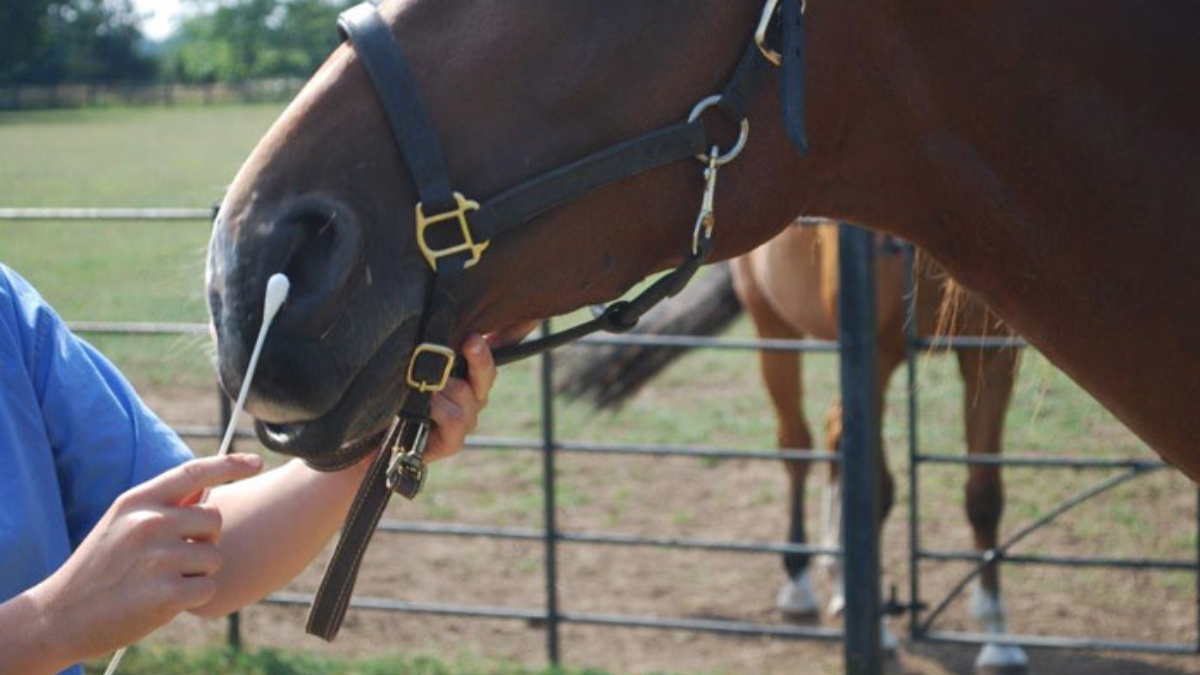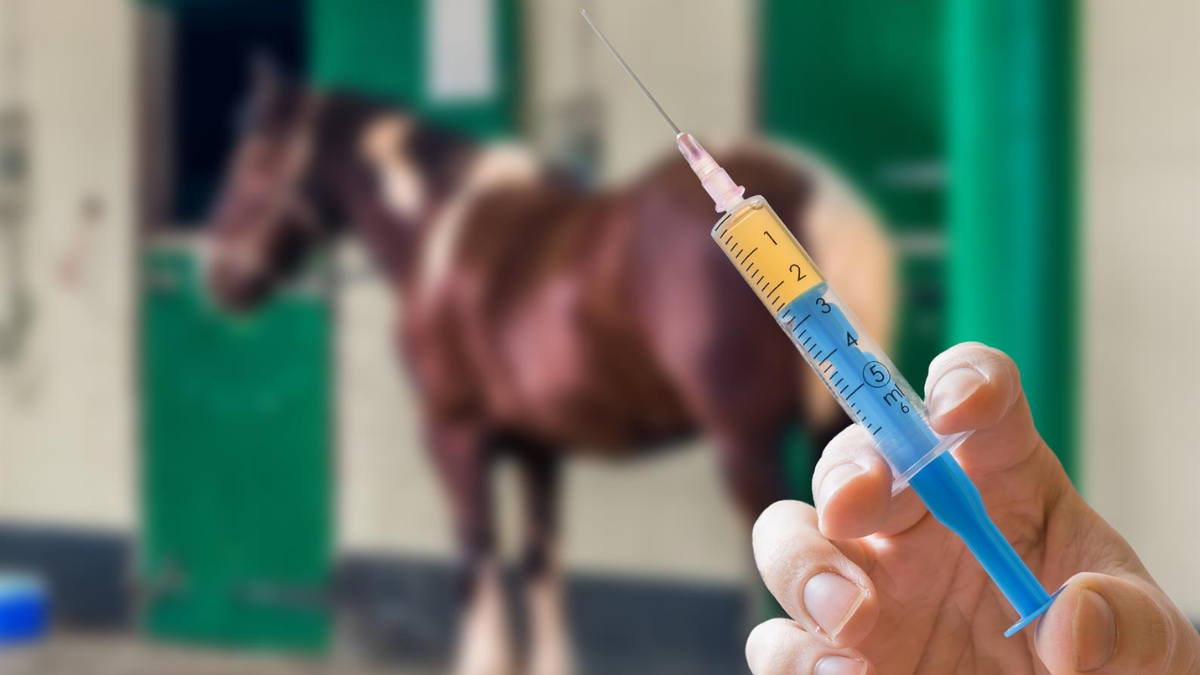
A sudden outbreak of equine influenza has disrupted the Kedarnath pilgrimage route, prompting an emergency response from local authorities. More than 1,000 mules and horses, essential to the logistics of the yatra, have been quarantined after symptoms of the highly contagious virus were detected. The outbreak, first reported earlier this week, has already claimed the lives of at least 15 animals and halted mule services on the route for the third consecutive day.
Table of Content:-
A Halt to the Yatra’s Lifeline
Mules and horses are crucial to the Kedarnath pilgrimage, carrying pilgrims and supplies up the steep, rugged terrain of the Uttarakhand Himalayas. Their sudden withdrawal due to a disease outbreak has raised serious concerns over the safety of both animals and pilgrims. The Rudraprayag district administration has confirmed the temporary suspension of equine services, stating that it will continue until further notice.

The infected animals are currently under observation, with caretakers and veterinary officials closely monitoring their condition. Officials report that most affected animals are showing symptoms typical of equine influenza: fever, persistent coughing, and nasal discharge.
What Is Equine Influenza?
Equine influenza is a highly contagious viral infection that affects horses, mules, and donkeys. Though the disease has a high morbidity rate — meaning it spreads rapidly among equines — mortality remains relatively low. However, in confined or high-altitude environments like Kedarnath, the stress of the terrain and exertion can exacerbate its effects, potentially making recovery more difficult.
Also Read: HIV Rates Climb Among Older Adults, But Prevention Still Targets The Young, Study Finds
The virus primarily spreads through respiratory secretions, and symptoms typically manifest within 1–3 days of exposure. Common signs include high fever, nasal discharge, dry cough, loss of appetite, and lethargy. If not contained promptly, outbreaks can impact entire equine populations in densely travelled routes such as the Kedarnath yatra.

Emergency Veterinary Measures
To tackle the crisis, a team of veterinary experts from the National Research Centre on Equines (NRCE), based in Haryana, was rushed to the site to assess the outbreak. The team has begun collecting samples and has already screened around 200 animals in the Rudraprayag area. Their full report is still awaited.
Also Read: Silent Killer: Deadly Fungus Threatens Millions Across Asia, Europe, and the Americas, Study Warns
Out of the 5,800 registered equines used for this year's pilgrimage, approximately 700 are currently receiving treatment, and those confirmed to be infected have been isolated. Authorities have announced that the infected animals will undergo follow-up RT-PCR testing — using nasal swabs — after a mandatory 14-day quarantine period to confirm whether the virus has cleared.
Most of the deaths so far have been attributed to colic and severe diarrhoea, conditions often exacerbated by the stress and altitude associated with the yatra. However, the possibility of co-infections or weakened immunity due to influenza is also being investigated.

Officials on Alert, Precautionary Steps in Place
Local animal husbandry officials, along with yatra coordinators, have initiated strict biosecurity protocols. Disinfection of equine resting areas, separation of symptomatic animals, and preventive treatment for healthy ones are underway.
Pilgrims have been advised to avoid close contact with the animals and to report any unusual behaviour or visible symptoms to authorities immediately. Additionally, authorities are re-evaluating their preparedness and response protocols for managing animal health during mass pilgrimages.
“Equine health directly impacts human safety on routes like Kedarnath. We are prioritising containment and recovery to ensure the yatra resumes safely,” a Rudraprayag official stated.
Bottomline
The current halt in services is a significant disruption, but health officials emphasise that early intervention may prevent a larger crisis. While the virus’s spread appears to be slowing thanks to quarantine efforts, caution remains high. The pilgrimage, which sees thousands of devotees every year, may face further delays if the outbreak isn’t brought under control swiftly. For now, all eyes are on the NRCE’s final assessment report and the results of follow-up tests in the coming weeks.
Also watch this video
Read Next
Inspired by Poetry and Music, How Deepika Padukone and Ranveer Singh Chose ‘Dua’ for Their Baby Girl
How we keep this article up to date:
We work with experts and keep a close eye on the latest in health and wellness. Whenever there is a new research or helpful information, we update our articles with accurate and useful advice.
Current Version